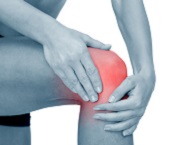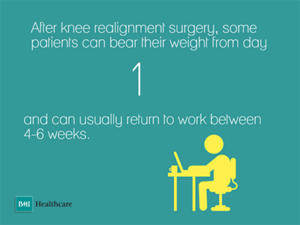Two risk factors for knee pain are old age and a sedentary lifestyle. While knee pain are common among the elderly, it can also be acquired by young people whether athletes or couch potatoes. Knee pain can cause inconvenience so it is best that you know how to remedy this condition.
Staying active is the best way to prevent and cure knee pain. But be careful when choosing what activities you engage yourself in because too much exertion of the knee muscles and joints can make the pain become worse. Workout your knees in a regular basis but make sure not to over use them.
Target muscle groups particularly those that support the knee area. Strengthening these muscles will help in reducing the risk for knee injuries. For people who sit around all day in the office or at home, the usual problem is with the calves. Work these muscles out together with the hamstring and the quads as well.
Knee pain can be a result of obesity, so if you are heavy, burn some fats and lose weight to avoid damaging your knees. Even strong knee muscles can grow weak eventually after carrying a heavy load for a long time. Aim for a healthy weight through proper diet and moderate exercises.
Wearing improper footwear can prove harmful not only to your feet but to your knees as well. Women especially have a higher risk for knee pain as a result of improper footwear since most of them use high-heeled shoes. It’s okay to use high-heeled shoes from time to time but wearing them almost every day can be quite harmful even to the spinal column. So whatever activity you are engaging yourself in, make sure to wear cushioned shoes to prevent knee pains.
Knee pains are usually caused by inflammation. Get rid of inflammation by opting for more anti-inflammatory foods such as salmon that is rich in omega-3. Other foods in this category also include ginger, avocado, and berries. With regular exercise and a well-balanced diet, you can be sure to prevent and get rid of knee pain naturally.
Mary Jenkins is also an excellent blogger of home improvement topics. If you want to know more about the wrought iron decor and leaning mirrors, read here.





